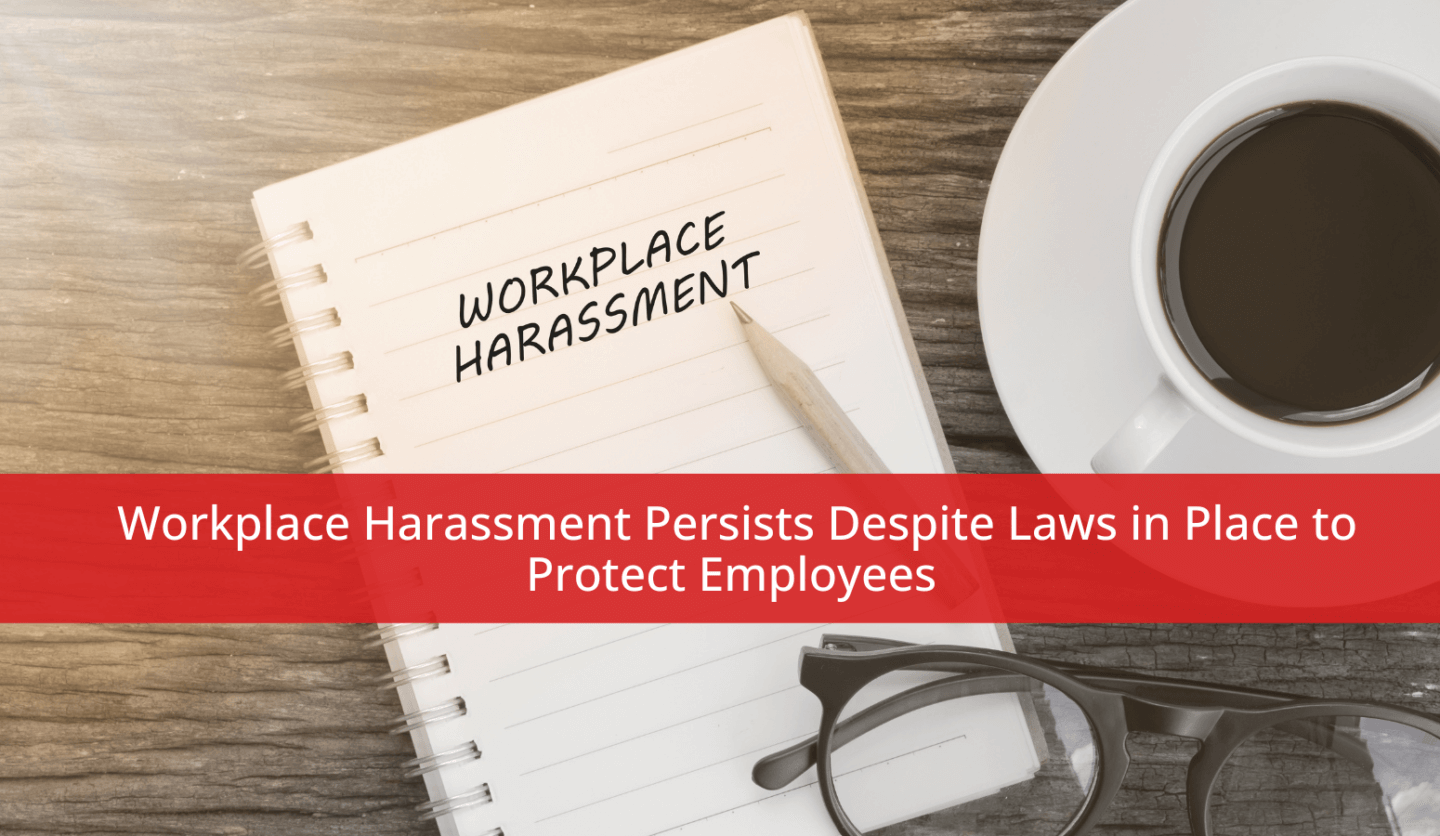
Workplace Harassment Persists Despite Laws in Place to Protect Employees
What does the recent Statistics Canada survey reveal about workplace harassment and sexual harassment in Canada?
A recent Statistics Canada survey sheds light on the significant rate of harassment and sexual harassment in the workplace. The survey reveals that almost 50% of women and 30% of men report ever experiencing some form of workplace harassment or sexual harassment.
The report outlines harassment as “objectionable or unwelcome conduct, comments, or actions by an individual at any event or location related to work, which can reasonably be expected to offend, intimidate, humiliate, or degrade the person experiencing them. It also includes inappropriate sexualized behaviour, discriminatory behaviour, and sexual assault.”
The data further indicates a correlation between age and the likelihood of experiencing harassment and sexual assault at work. It appears that the younger you are, the higher the chance that you will experience workplace harassment and sexual assault. For those aged 25 to 34, 60% of women and 39% of men reported ever experiencing harassment or sexual assault at work, mainly driven by inappropriate sexualized behaviour. Unfortunately, those even younger (15-24 years of age) also report substantial rates of harassment and sexual assault, with 43% of women and 25% of men reporting having experienced this in the workplace.
The study defines inappropriate sexualized behaviour as “inappropriate verbal and non-verbal communication, behaviour related to sexually explicit materials, and unwanted physical contact or suggested sexual relations”, while sexual assault includes sexual attacks; unwanted sexual touching; and sexual activity to which the victim was unable to consent because they were manipulated, coerced, intoxicated, or forced in another non-physical way.”
Members of the LGBTQ2 or individuals with disabilities, have a higher likelihood of experiencing harassment at work. 58% of women and 41% of men with disabilities report experiencing workplace harassment compared to 41% of women and 28% of men without disabilities. 76% of LGB women and 53% of LGB men have experienced workplace harassment, compared to 46% of heterosexual women and 31% of heterosexual men.
How Does Ontario’s Occupational Health and Safety Act Protect Employees?
While Ontario’s Occupational Health and Safety Act protects employees from harassment and confirms the employer’s obligation to investigate a complaint of workplace harassment, the data underscores the need for employers to put policies in place that prevent and protect employees from harassment and create a safer, more inclusive environment, regardless of age, gender, sexual orientation, or disability status.
Additionally, under the Act, employers cannot retaliate against an employee for raising a legitimate harassment concern so that employees feel safe in raising such concerns. Under the Act, employers need to complete an appropriate investigation and they need to inform the complainant and alleged harasser in writing of the result of the investigation as well as any corrective action taken.
How Can Employees Seek Legal Advice on these Matters?
The Occupational Health and Safety Act offer protection for employees in Ontario against workplace harassment.
We encourage employees looking to better understand their rights to seek legal advice to explore these matters. We at Whitten & Lublin are happy to provide insight and advice into your specific circumstances. If you are looking for an employment lawyer and would like more information about what Whitten & Lublin can do for you, please contact us online or by phone at (647) 951-7460 today.



